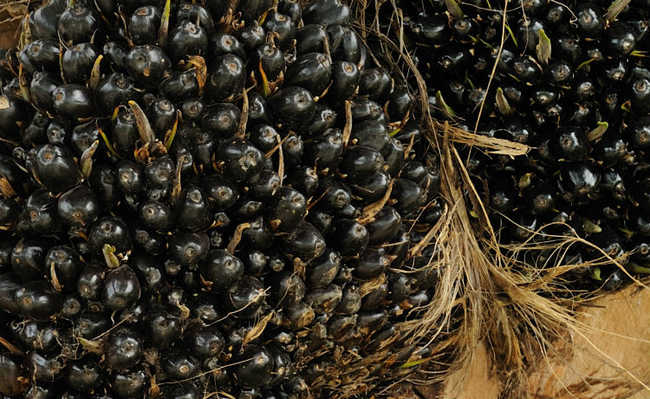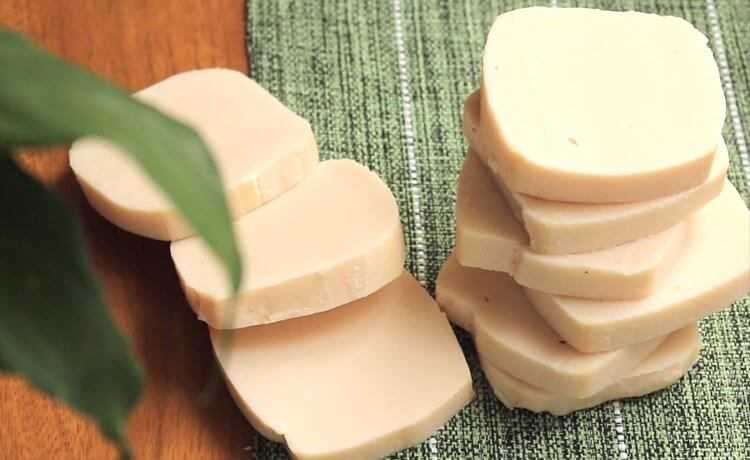ABS plastic: do you know where it is and what it is made of?
ABS plastic is present in the most diverse objects and is made from petroleum

ABS plastic, also known chemically as acrylonitrile butadiene styrene, is the basis of almost every plastic material we use. If you are currently touching a mouse, notebook or cell phone, for example, you are most likely in contact with something made of ABS plastic. This material is a thermoplastic widely used in industry because it is an economically viable material (relatively cheap), very resistant and at the same time light and flexible, which can receive any type of color and present an aspect ranging from opaque to transparent. Despite being flammable at high temperatures, compared to other materials, ABS plastic has a certain resistance to heat and low temperatures. And it doesn't stop there, ABS plastic also works as an electrical insulator.
It is also commonly found in 3D printer filaments, tubing, cosmetic packaging, golf clubs, riding toys, flutes, printers, telephones, calculators, vacuum cleaners, televisions, automotive parts, air conditioners, weapons, helmets, furniture and the list goes on!
Like EVA, SAN and PA plastics, ABS plastic is identified with the number "7" in the triangle identifying the three circular arrows.
As the name implies, ABS plastic is formed by a composition between acrylonitrile, butadiene and styrene. These substances are obtained from transformations of substances derived from the cracking of petroleum, therefore, it is a material of non-renewable origin.
In the production of about one kilo of ABS, two kilos of oil are used.
And the production of ABS plastic is around three million tons per year.
Health risks and pollution
Despite being a relatively heat resistant material, for some ABS uses where anti-flammable properties are required, bromine compounds are used. The downside is that these compounds give rise to toxic decomposition products, and the difficulty of finding alternative flame retardants for ABS plastic has led the market to blend ABS with PVC. The problem is that these mixtures reduce the quality of processing, which also affects recycling.
At room temperature, ABS plastic is considered to pose virtually no health risks, as in this condition there are no breaks in the polymer chain (plastic structure). However, the presence of residual monomers, auxiliary products and resins that can be dangerous if inhaled or in contact with the skin cannot be neglected, including butadiene itself, which is one of the components of ABS plastic that has the potential to cause cancer.
The problem is greater for workers in the plastics industry.
During production, with changes in temperature and in the physical structure of the material, aliphatic hydrocarbons, aromatic hydrocarbons and toxic gases, all carcinogens, are released.
In the stages of improvement of ABS plastic parts, sulphochrome solutions are used, which results in the generation of highly toxic and environmentally polluting effluents.
Per kilogram of ABS produced, approximately 1.5 to 27 tons of volatile organic compounds (VOCs) are emitted.
In the lower layer of the atmosphere, VOCs undergo photochemical reactions and form ozone. This gas, despite being beneficial in the higher atmosphere, where it forms a protective layer against ultraviolet rays, in the lower layers it has a toxic effect on plants and animals and gives rise to acid rain. The oxidative power of ozone is harmful to all organisms, especially plants, causing damage to agricultural crops.
Human exposure to VOCs can cause headache, skin allergy, eye, nose and throat irritation, shortness of breath, fatigue, dizziness and poor memory. During long periods of exposure, VOCs can damage the liver and the central nervous system.
Also, some types, such as benzene, cause cancer.
Although the improvement phases are technically efficient, it is at this stage that pollutants should be limited as much as possible.
In the case of liquid effluents generated in the improvement of automotive parts, a study showed that it is possible to use less polluting substitutes.
Recycling
Although ABS plastic is made from a non-renewable source, the advantage of this type of material is that, as it is a thermoplastic, it is easily softened when heated to a high temperature and can be molded. This feature allows objects made of ABS plastic to be recycled several times, which avoids incorrect disposal, in case there is responsibility for the waste.
PLA as a substitute
In the case of 3D printer filaments, PLA plastic has been used as a substitute for ABS. The advantage of this replacement is that PLA plastic is biodegradable, compostable, made from a renewable source and less polluting production. However, in addition to being more expensive, it does not have the same impact and high temperature resistance as ABS, characteristics that reduce the preference for PLA.
Furthermore, the advantage of plastic materials made from petroleum, such as ABS, is that they consume 57% less energy than the production of alternative plastics.
discard
The best way to dispose of ABS plastic after use is recycling. If you have ABS plastic or other objects and need to dispose of them, check the collection points closest to your residence in the eCycle portal.










